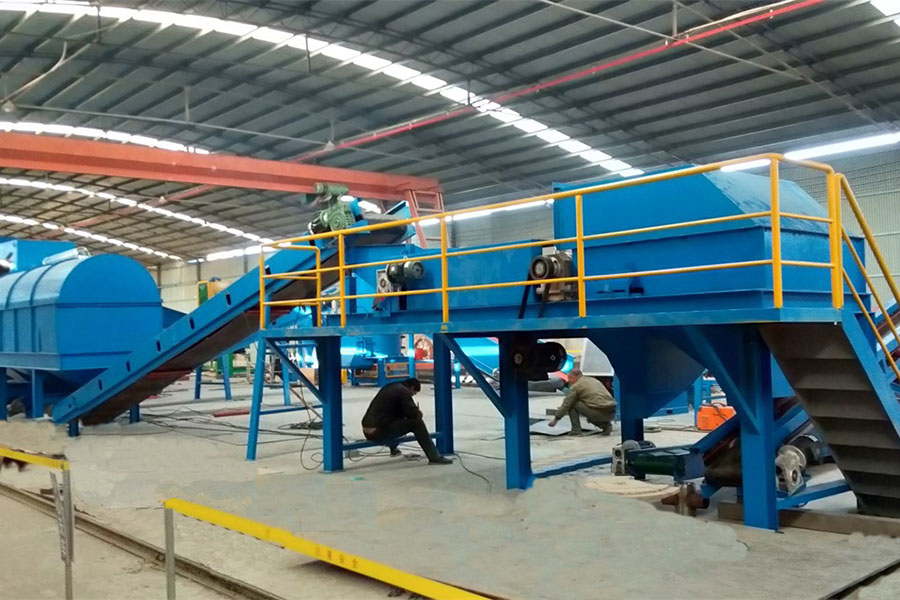

Ное . 22, 2024 12:45 Back to list
The Importance of Aluminium Recycling Plants
Aluminium is one of the most widely used metals in the world, valued for its lightweight, durability, and resistance to corrosion. From automobile manufacturing to packaging, its applications are vast. However, the processes involved in extracting aluminium from its ore are energy-intensive and environmentally detrimental. This is where aluminium recycling plants come into play, serving as crucial players in the drive toward sustainability and resource conservation.
The Aluminium Recycling Process
The recycling of aluminium involves several steps, starting from the collection of aluminium scrap. This scrap can come from various sources, including industrial by-products, consumer goods, and construction debris. Once collected, the aluminium is sorted and cleaned to remove any contaminants such as plastics, paints, and other metals. This is typically done using advanced technology that employs both manual and mechanical sorting techniques.
After sorting, the cleaned aluminium scrap is then shredded into smaller pieces, which facilitate the melting process. Unlike the primary production of aluminium, which requires substantial energy for the extraction and refinement of bauxite ore, recycling aluminium is much more energy-efficient. It requires about 95% less energy compared to producing new aluminium from raw materials. This not only reduces greenhouse gas emissions significantly but also helps conserve valuable natural resources.
Once shredded, the aluminium is melted in large furnaces at temperatures exceeding 660°C (1220°F). The molten aluminium is then poured into molds to create ingots, which can be re-formed into new products. These ingots have the same properties as newly produced aluminium, making recycling an effective way to sustain the metal's lifecycle.
Environmental Benefits
The environmental implications of recycling aluminium are profound. By lowering energy consumption, aluminium recycling plants play a significant role in reducing the carbon footprint associated with metal production. It has been estimated that recycling just one tonne of aluminium can save up to 9 tonnes of carbon dioxide emissions.
Moreover, recycling conserves natural resources. The mining of bauxite not only depletes the earth’s mineral reserves but also disrupts ecosystems and generates waste. Aluminium recycling helps mitigate these issues by transforming what would otherwise be waste into valuable raw materials, ultimately fostering a circular economy.

Economic Advantages
In addition to the environmental benefits, aluminium recycling plants offer significant economic advantages. The recycling industry creates jobs ranging from collection, sorting, processing, and distribution. It supports local economies while contributing to a more sustainable world. Furthermore, as the demand for recycled aluminium continues to grow, particularly in the automotive and packaging sectors, recycling plants can capitalize on this trend, creating a profitable business model that aligns with sustainability goals.
Innovations in Recycling Technologies
Technological advancements are continually improving the efficiency and effectiveness of aluminium recycling processes. Innovations such as automated sorting systems, high-efficiency melting furnaces, and closed-loop recycling systems enhance the quality and yield of recycled aluminium. Additionally, new methods are being developed to recycle aluminium composite materials, which was once considered a challenging waste stream.
Challenges Ahead
Despite the numerous benefits, aluminium recycling plants face challenges. The consistency and quality of recycled materials can vary, impacting the end products. Furthermore, fluctuating market prices for recycled aluminium can affect the financial stability of recycling operations. To address these challenges, continued investment in technology, infrastructure, and public awareness is essential.
Conclusion
Aluminium recycling plants are pivotal in promoting sustainable practices in the metal industry. By providing an efficient and environmentally friendly alternative to primary aluminium production, these facilities contribute to reducing energy consumption, conserving natural resources, and minimizing environmental impacts. As the world moves towards more sustainable practices, the role of aluminium recycling will only become more critical. The integration of innovative technologies and a commitment to improvement will ensure that recycling not only remains viable but also becomes a cornerstone of a sustainable future. In turn, this will lead to a cleaner, more efficient world where resources are utilized wisely and waste is minimized.
Latest news
Troubleshooting Common Eddy Separator Problems
NewsJul.04,2025
The Role of Metal Recycling Plants in Circular Economy
NewsJul.04,2025
The Impact of Recycling Line Pickers on Waste Management Costs
NewsJul.04,2025
Safety Features Every Metal Shredder Should Have
NewsJul.04,2025
How Industrial Shredders Improve Waste Management Systems
NewsJul.04,2025
How Cable Granulators Contribute to Sustainable Recycling
NewsJul.04,2025